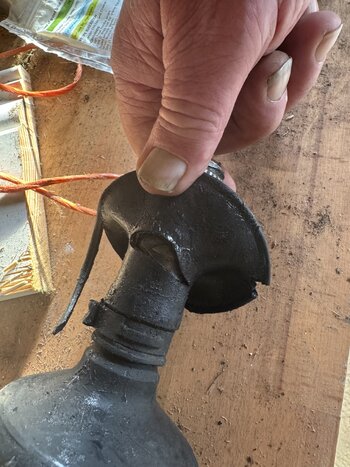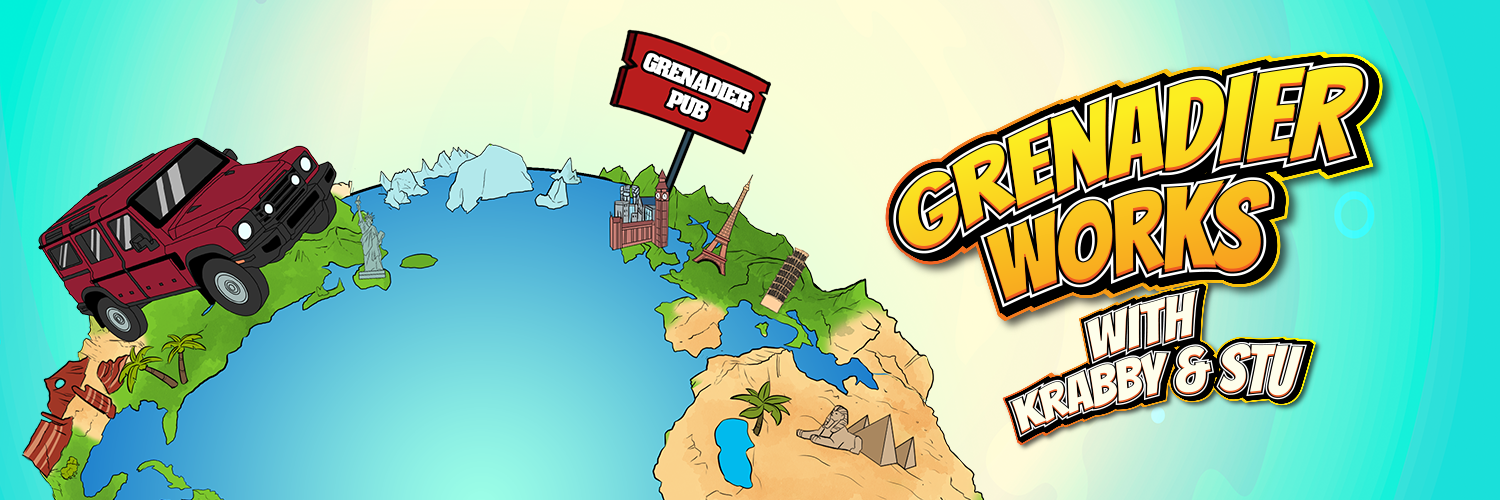I have many opinions on this issue. No one is asking me for them but I've shared some anyway

.
@Dokatd is right (it is his jam after all).
The CV appears to be at the limits of operating angle. The aftermarket is saying the same thing. There is little tolerance for adding more angle via a suspension lift and if IA's recent comments (shared to
@Rok_Dr at an event in Perth) hold any weight there is little tolerance for mishandling of the driveshaft during maintenance. I understand there is only one or two degrees difference between the upper and lower CVs so what affects one is never far away from affecting the other. I think there has been two (?) reports of diff end CV failure just to keep it interesting.
The boot pinching seems like an obvious casualty. You can see how that would happen if the suspension droops or the shaft was allowed to drop while disconnected. The failed clips are a little weirder but it's likely to be another casualty rather than the cause. This is all proven tech. Dana have been doing this design for years and it's not unique to Grenadier.
Whilst instincts might say to make this area stronger via an end bolt, my lizard engineer brain says that will just make the failure even more spectacular. That is to say, if it's going to fail it still will but at a much higher loading with even more damage.
@cmurray's comments are revealing and
@Dokatd's recent summary is on point. Craig says the splines were stripped on the CV stub. Did the clip come out then the splines disengaged and stripped the stub, or did the CV jam (binding from
@Dokatd's summary) and the spline stub overloaded and stripped? We don't know and probably won't but the clip came out. It doesn't seem to be temperature, metallurgy or lubricant related so a force must be dislodging it from the groove. That force is in all probability the CV having a moment when the operating parts compete for the same space at the limit of travel. The TC (or the diff on overrun) doesn't care that the CV no longer wants to turn. Something has to give to unload the drivetrain. In that sense the clip is acting like a fuse. Call it 5 amps.
Now, replace that clip with say an M8x20 cap screw and plate on the end of the spline stub, assuming something can be made to fit under the cap. Squint your eyes and maybe you can see a cap screw here in place of the clip. Go on, try it

.
View attachment 7913959
Nothing else has changed so the unhappy force is still there. If/when the CV runs out of travel it's now being resisted by a much stronger device i.e. the cap screw. The CV is still going to fail but now it's delayed until a higher loading point. We just upgraded the 5 amp fuse to a 50 amp fuse. Now we have good potential to take out the transfer case as well. Errr, no. So I don't think a stronger retaining device like a bolt is a good fix, but I don't have the answer either.
Keep lobbying your agent or dealer or IA directly to get this fixed. Sharing frustrations on here might be cathartic but it isn't actually fixing anything.
Edit: typos.




